Dhyana Explained: The Seventh Limb of the Yoga Sutras and the Final Step Toward Meditation

When everything else falls away and we are absorbed in the present moment, we fully experience Dhyana.
Dhyana is the final step toward meditation as described in Patanjali’s Yoga Sutras. It is sustained concentration and unshakable presence.
Dhyana can be simply translated as “meditation.” But the word meditation has so many interpretations and connotations. So it is helpful to define it further.
What Is Dhyana and How Do You Practice It?
One translation of the Yoga Sutras (Yoga Sutras 3.2 as translated by T.K.V. Desikachar) describes Dhyana as follows:
“Once the direction [toward a chosen object] is fixed, a link develops between the mind’s activities and the chosen object. Then the mental activities form an uninterrupted flow only in relation to this object.”
In Desikachar’s interpretation of the term Dhyana, he mentions the idea of an object. Here, he could be referring to a physical or material object that you pick up and put on a meditation altar. For example, some practitioners successfully use sacred images or yantra in their meditation practice.
Dhyana is the final step toward meditation.
However, he is more likely referring to a mental object. For example, the object of your meditation practice could be the sensation of breathing or a phrase that you silently repeat (mantra). Traditionally, this mental object was god.
It’s not terribly difficult to choose an object. But, most of us find fixing our minds on one object for an extended amount of time to be quite difficult.
Our minds will (inevitably) wander off and get distracted by thoughts, memories, fantasies, etc. In this way, Dhyana becomes not so much a practice we have control over as a gift that arises when we create the right conditions.
The “Gift” of Dhyana in Your Meditation Practice
The gift of Dhyana for a yogi could be compared to the gift of “being in the zone” for an elite athlete.
An athlete can prepare their body by training it to be in peak condition. And then the athlete can focus their mind by setting an intention for their performance.
But after that, they can’t control how their actual performance will mimic their desired outcome. You might say that “being in the zone” and meditation (Dhyana) are both acts of grace.
The gift of Dhyana for a yogi could be compared to the gift of “being in the zone” for an elite athlete.
Your readiness to receive this grace does not come from your direct control over your meditation practice.
Rather, it comes from your dedicated and humble practice of the preceding six limbs mentioned in the Yoga Sutras. These are Yamas, Niyamas, Asana, Pranayama, Pratyahara, and Dharana.
Want the full scoop on the Eight Limbs of Yoga? Read: What Are the Eight Limbs of Yoga? Here’s Your Comprehensive Overview
Here’s How to Cultivate Dhyana:
1. Live in Alignment With Your Core Values
We all know what it feels like to do something that doesn’t feel right in our gut. It’s the feeling that makes us contract, wince, or carry around tension in various parts of our bodies. It’s the experiences that keep us awake at night or distract us from moving forward in a productive way.
The Yoga Sutras define five universal principles (Yamas) and five personal observances (Niyamas) as the guideposts for living our lives with integrity and harmony. It’s far more likely that we will meet worry and doubt during our meditation practice if we are neglecting to follow our core values.
2. Allow Your Body to Be at Ease
Refine your postures (Asana) and shift your energy through conscious and controlled breathing (Pranayama). Your meditation practice is much less likely to be hampered by excruciating physical discomfort.
Ideally, your asana practice will balance and strengthen the muscles around your spine, loosen the muscles around your hips and shoulders, and provide you with a steady grounded feeling when you sit for meditation.
Ready to try it?? Take this 20-minute Guided Mindfulness Meditation for Presence, Peace and Clarity
You may still meet some physical discomfort. (Especially if you are new to the practice of sitting still in a seated position for more than two or three minutes.) But, you will know how to breathe and make conscious adjustments to your body during your practice rather than giving up altogether.
3. Focus Your Mind
In the practice of Pratyahara and Dharana, we hone our awareness on the present moment. We turn our attention away from our regrets, worries, dreams, and desires. And then we choose to anchor our attention on something that represents harmony or integrity.
Whether we choose a mantra, the feeling of our breath, or some other object will depend upon our training and our preferences.
Given these conditions, you can see how sustained concentration and unshakable presence (Dhyana) is more likely to occur with consistent practice of the first seven of the eight limbs of yoga.
What Happens After Dhyana?
Dhyana is not the final limb of yoga described in Patanjali’s Yoga Sutras. The eighth and final limb is translated as “bliss” and “union” (Samadhi).
Experience the seven limbs of yoga by living by your core values, cultivating ease in your body, and anchoring your mind to your own presence. In time, the eight limbs of yoga will come full circle and “union” can occur.
Take this meditation class


This Month's Letter
From the Editor
Monthly motivation and food for
thought from our founder.

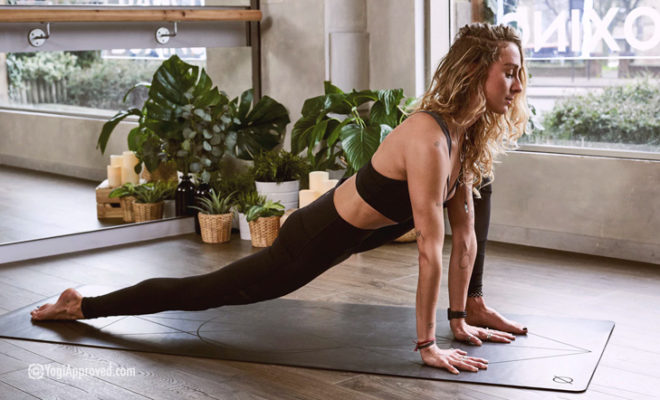
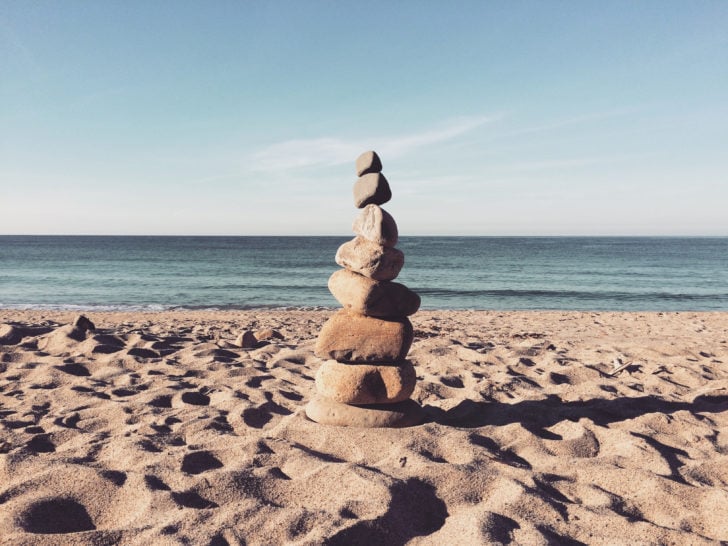
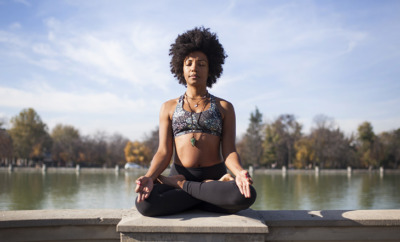
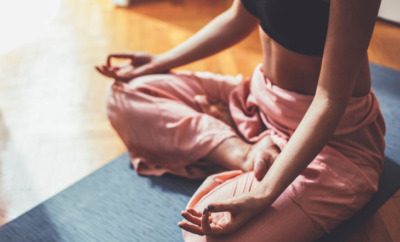
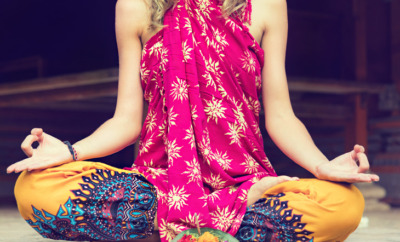
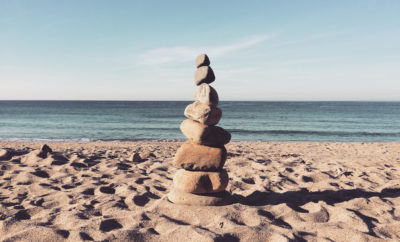
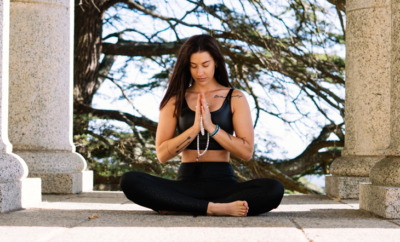






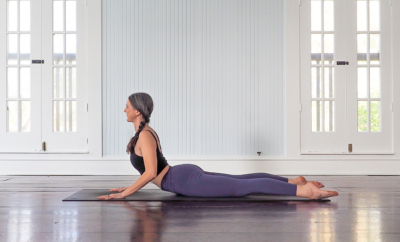



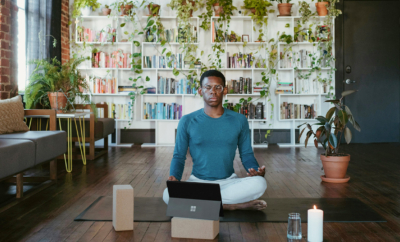
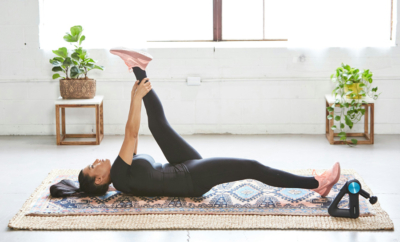





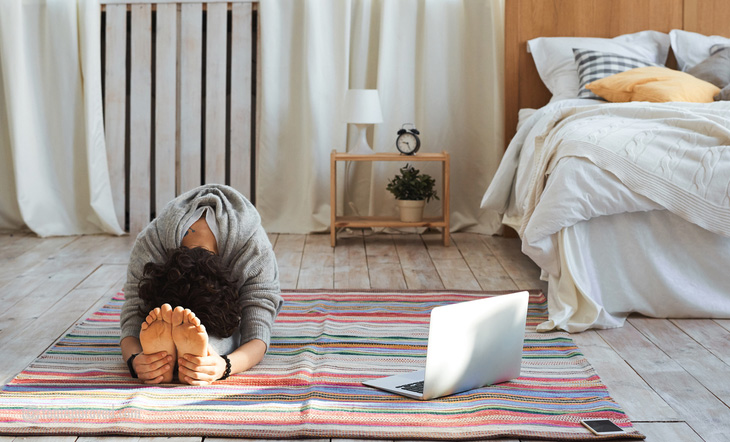
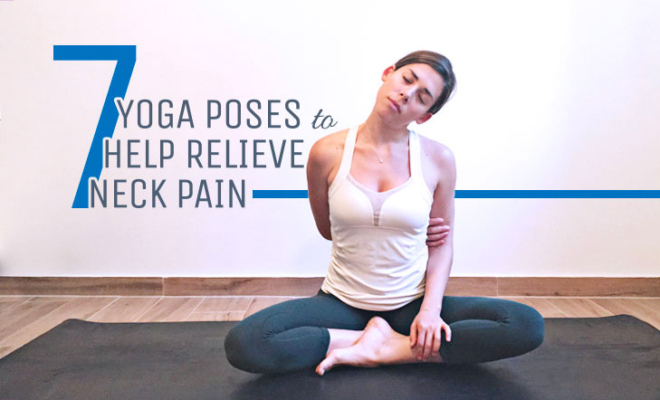




Comments